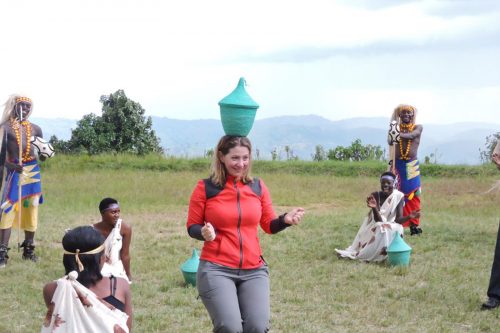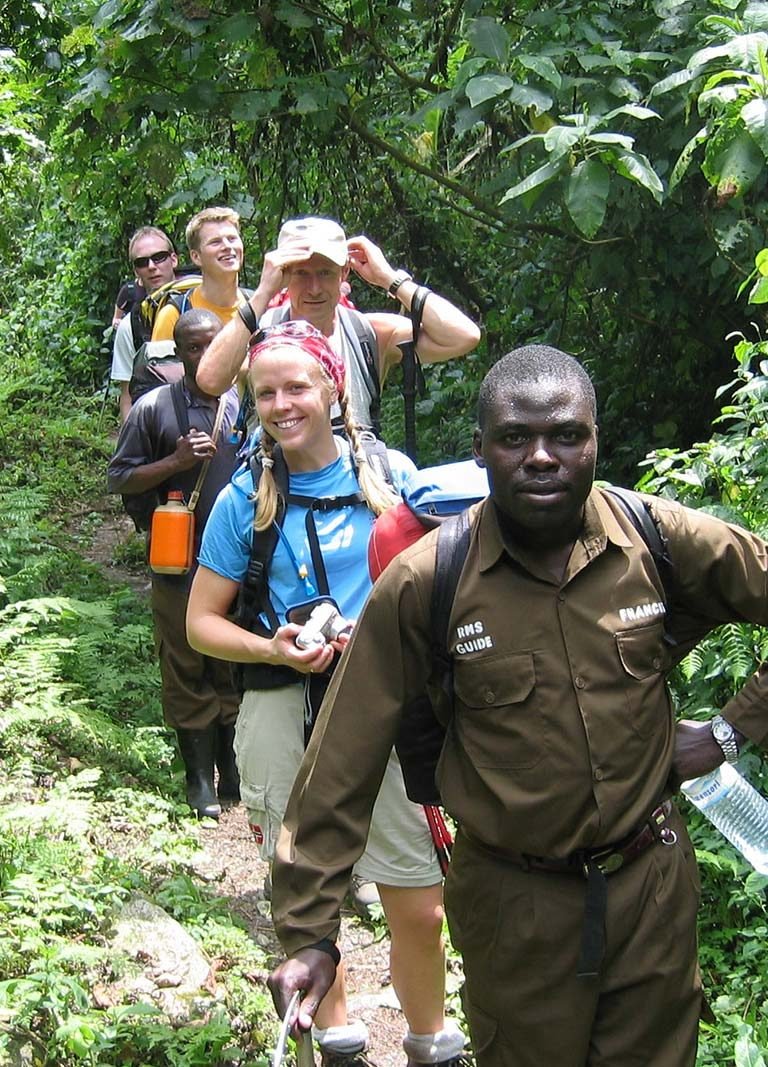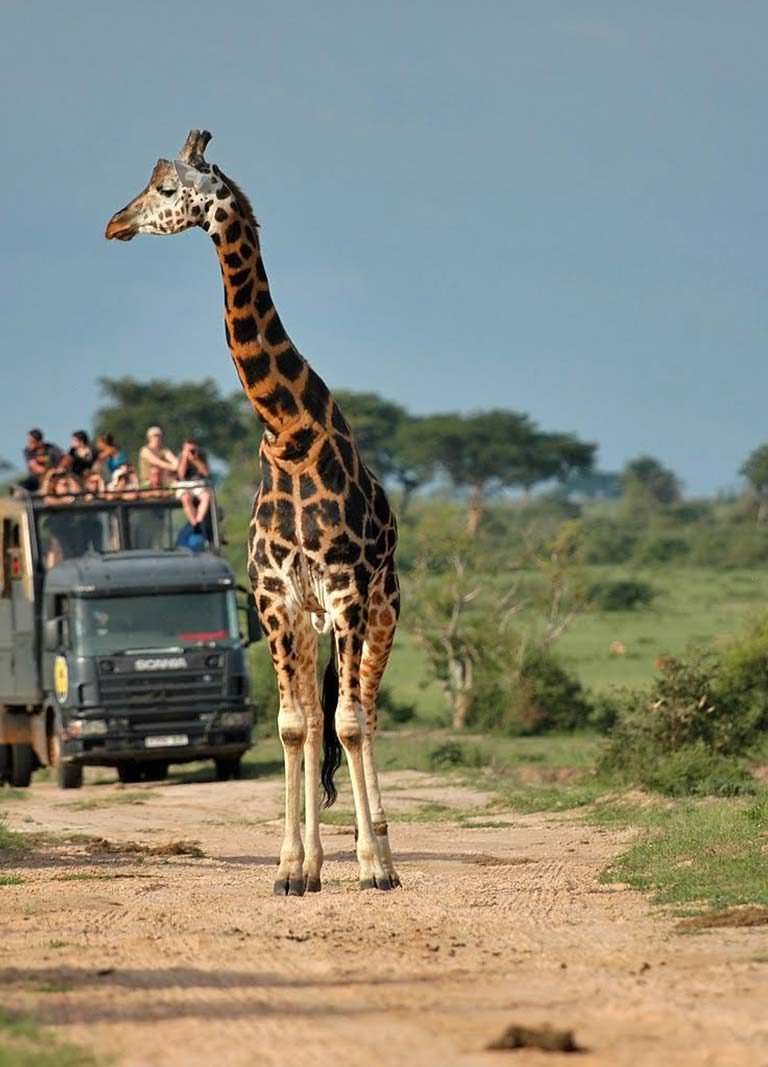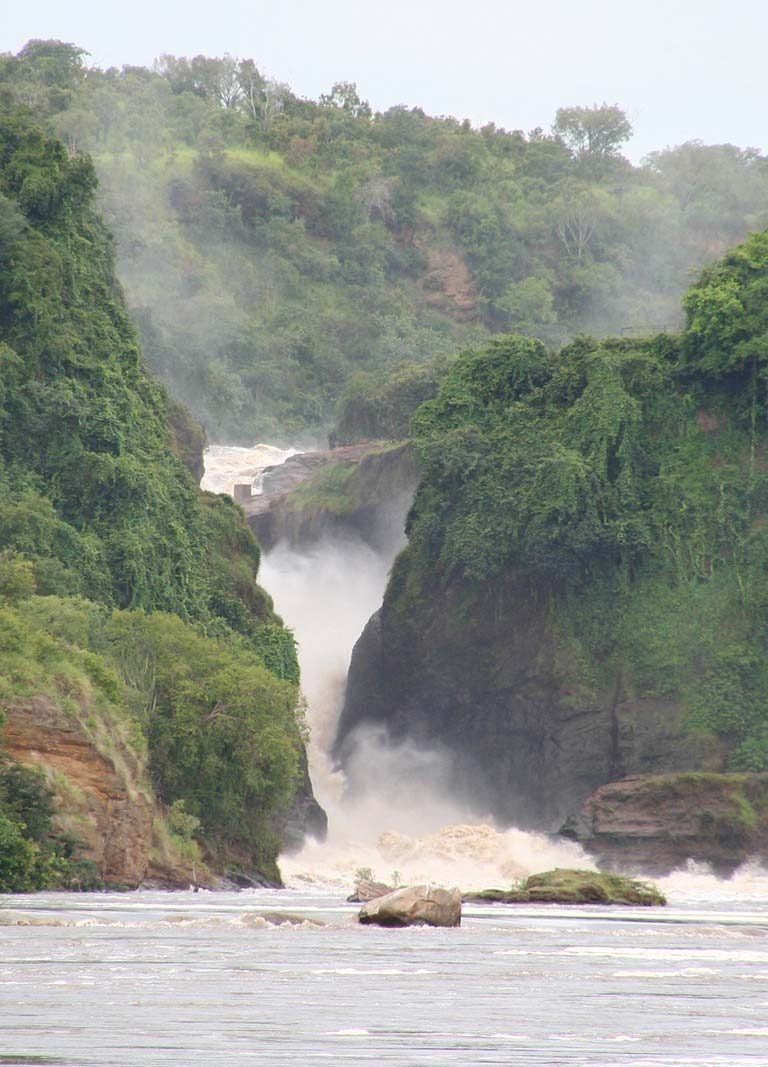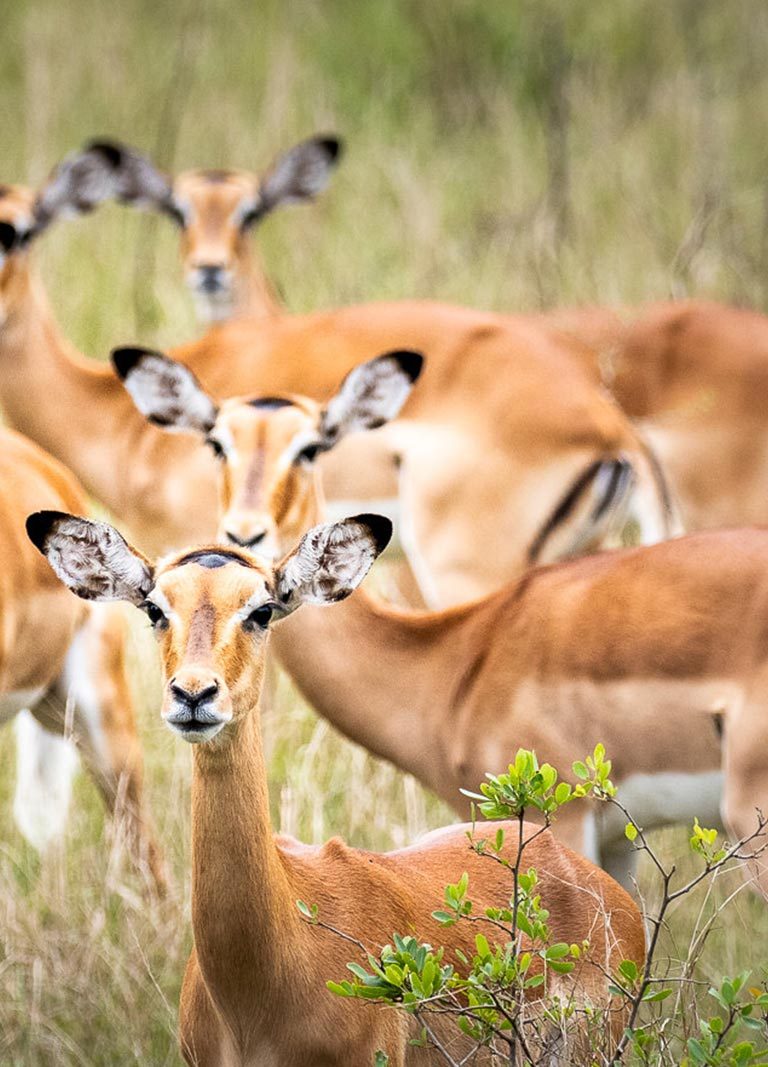Akagera National Park
[wpseo_breadcrumb]
Akagera National Park
Custom made family safaris to Akagera NP to see the Africa safari “big five” wildlife and beyond

Akagera Rwanda Savanna Wildlife Safari
Family savanna safari in Rwanda
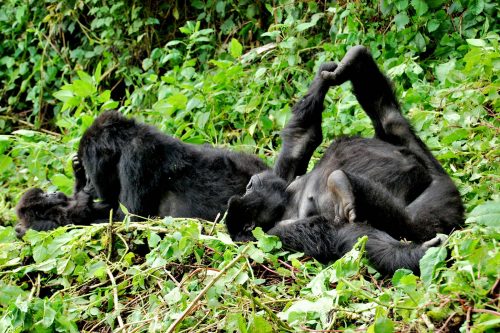
Rwanda Gorilla Trekking Safari
Volcanoes NP, Luxury Safari
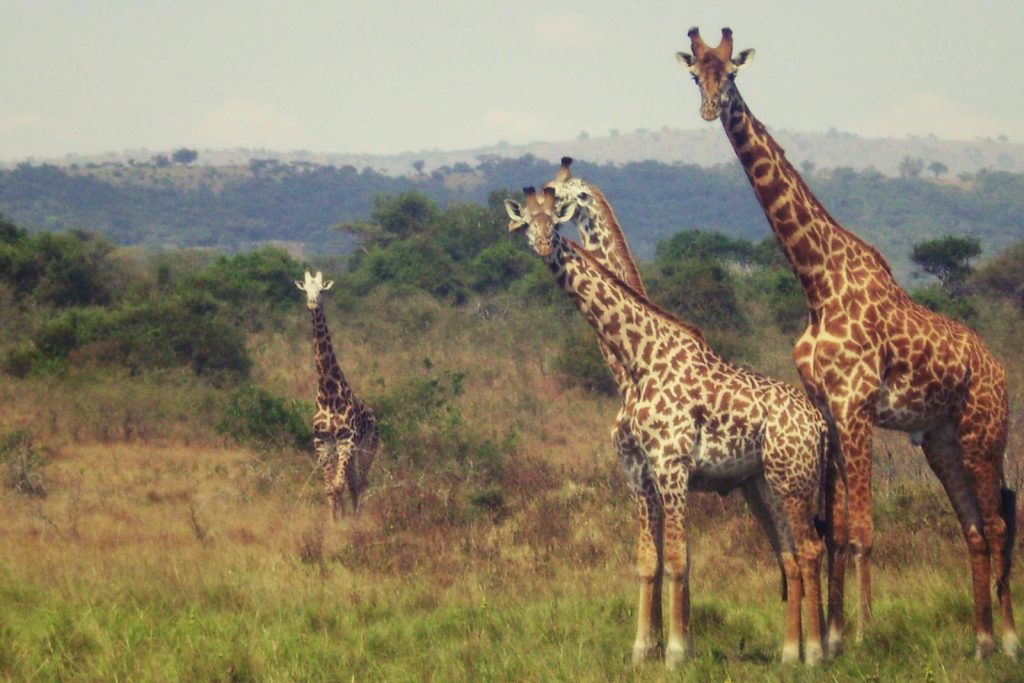
Akagera N.P
Family Destination / Game Drives & Boat Safaris
Akagera National Park is Central Africa’s largest protected wetland and the last remaining refuge for savanna-adapted species in Rwanda.
Akagera has an inspiring conservation story as it is now home to lions and rhinos, and is the only Big Five park in the country.
With poaching essentially halted, the park’s key wildlife populations have increased. Wildlife in Akagera National Park is almost unrecognizable today compared to just 20 years ago when it was on the verge of being lost forever.
Rwanda after the genocide were still battling for their own survival and turned to the forests for timber, wildlife for protein and the wild savannahs for their livestock and the park’s wildlife was displaced by tens of thousands of long-horned cattle. The park’s value was diminished to the point of non-existence rendering Akagera’s story of revival, even more remarkable.
Just two hours’ drive from Kigali, it is a beautiful and convenient savanna landscape to visit, and an easy site to add on to before or after visiting the gorillas.The diversity of habitats is unique including lakes, marshes, savanna, mountains and woodland makes for spectacular scenery.
After years of preparation, effective law enforcement and management, Akagera National Park returned to grace in 2017 with 18 Eastern black rhinoceros after a 10-year absence, 02 new male lions were also trans located to Akagera to enhance the genetic diversity of the growing pride, which has now tripled since their reintroduction in 2015.
Akagera
Wildlife and Bird life in Akagera National Park
Akagera National Park is home to a variety of wildlife including elephants, buffaloes, giraffe, zebras, leopards, hyenas, lions, bush bucks, Topis, Orbis, water-buck, roan antelope, duiker, Bohr reed buck, klipspringer, impala and the Cape eland antelope.
Lake Ihema is a sanctuary to schools of hippos and crocodiles, primates like olive baboons, Vervet monkeys, blue monkeys and bush babies seen on nocturnal drives
Akagera National Park is blessed with a wide variety of habitats which are home to over 500 bird species including shoebill, papyrus Gonolek, African Wattled Plover, Giant Kingfisher, Senegal Lapwings, Squacco Herons, African Open bill stock, Grey Crowned Crane, African Darter, Long-toed, Water Thick-knee, fish eagles, Cattle Egret, Hamerkop, Sacred and Hadada Ibis, Augur Buzzard, Long-crested Eagle, and Pied Crow. Black-headed and Viellot’s Black Weavers, Grey-backed Fiscals, Fan-tailed Widowbird and Caruther’s Cisticola.
5 Reasons to Visit Akagera National Park
- Akagera has an inspiring conservation story as it is now home to lions and rhinos, and is the only Big Five park in the country.
- Just two hours’ drive from Kigali, it is a beautiful and convenient savannah landscape to visit, and an easy site to add on to before or after visiting the gorillas.
- For one park, the diversity of habitats is unique including lakes, marshes, savannah, mountains, and woodland makes for spectacular scenery.
- A birders delight, Akagera offers an exceptional birding experience with more than 482 bird species documented including the rare and prehistoric shoebill and some Lake Victoria endemics.
- Tourism is growing with a new day visitor complex and the opening of Ruzizi Tented Lodge and Karenge Bush Camp. Proceeds from tourism revenue are invested back into the park and the local community.
Akagera Travel Information
Akagera’s temperature does not vary much throughout the year, but the long dry season (June – September) brings warmer temperatures whereas cooler weather follows the rains (October – November, and March-May). In general, temperatures typically range between 20 and 30 degrees Celsius.
Short dry season (December – February)
There may be some rain during this period, but it is fairly intermittent and usually does not last long. By February, the park can be very dry.
Long wet season (March – May)
This season is characterised by regular rainfall and abundant green grass. Clear blue skies and endless views of lush green grass offer excellent photographic opportunities.
Long dry season (June – September)
This is the warmest time of year, and the park can become dry and dusty. However, the long dry season is an excellent time for game-viewing since grasses are short; and animals remain spread throughout the park due to abundant water in lakes along Akagera’s eastern boundary.
Short wet season (October – November)
The first rains clear haze, and the park returns to its lush green state. Birding is particularly good at this time of year, for many migratory birds pass through Akagera during October and November.
How to get to Akagera national park
You can drive from Kigali through Rwamagana town to Akagera national park (entrance is only through southern gate. Northern gate is currently used only for exit). The journey takes a total of about 2 hours to arrive at the park entrance.
There is an option of flying to the park using the services of Akagera Aviation for those not keen on the 2 hour drive.
Accommodation in Akagera National Park
Akagera National Park has not attracted as many crowds as the counterpart Volcanoes National Park that inhabits the endangered Mountain Gorillas thus they are not as many accommodations. Below are are some of the selected lodges and camps recommended on your visit to Akagera National Park
Akagera game lodge
Ruzizi Tented Camp
Magashi Lodge
Karenge Bush Camp ( Seasonal)
When to visit Akagera National Park?
Akagera National Park can be visited throughout the year since its climate does not vary much throughout the year, but the long dry season (June – September) brings warmer temperatures whereas cooler weather follows the rains (October – November and March – May). In general, temperatures typically range between 20 and 30 degrees Celsius.
Short dry season (December – February)
There may be some rain during this period, but it is fairly intermittent and usually does not last long. By February, the park can be very dry.
Long wet season (March – May)
This season is characterised by regular rainfall and abundant green grass. Clear blue skies and endless views of lush green grass offer excellent photographic opportunities.
Long dry season (June – September)
This is the warmest time of year, and the park can become dry and dusty. However, the long dry season is an excellent time for game-viewing since grasses are short; and animals remain spread throughout the park due to abundant water in lakes along Akagera’s eastern boundary.
Short wet season (October – November)
The first rains clear haze, and the park returns to its lush green state. Birding is particularly good at this time of year, for many migratory birds pass through Akagera during October and November
Activities in Akagera
Akagera offers a variety of tourism activities, some of these activities you can not experience elsewhere in any national park in Rwanda and they include:
Walk the Line- Nature walk
You will take a turn as one of Akagera’s fence attendants, who walk a portion of the 120-km perimeter fence on a daily basis to make sure the fence remains intact and is fully operational. At the end of the walk, you’ll be atop a ridge that enjoys spectacular views in every direction.
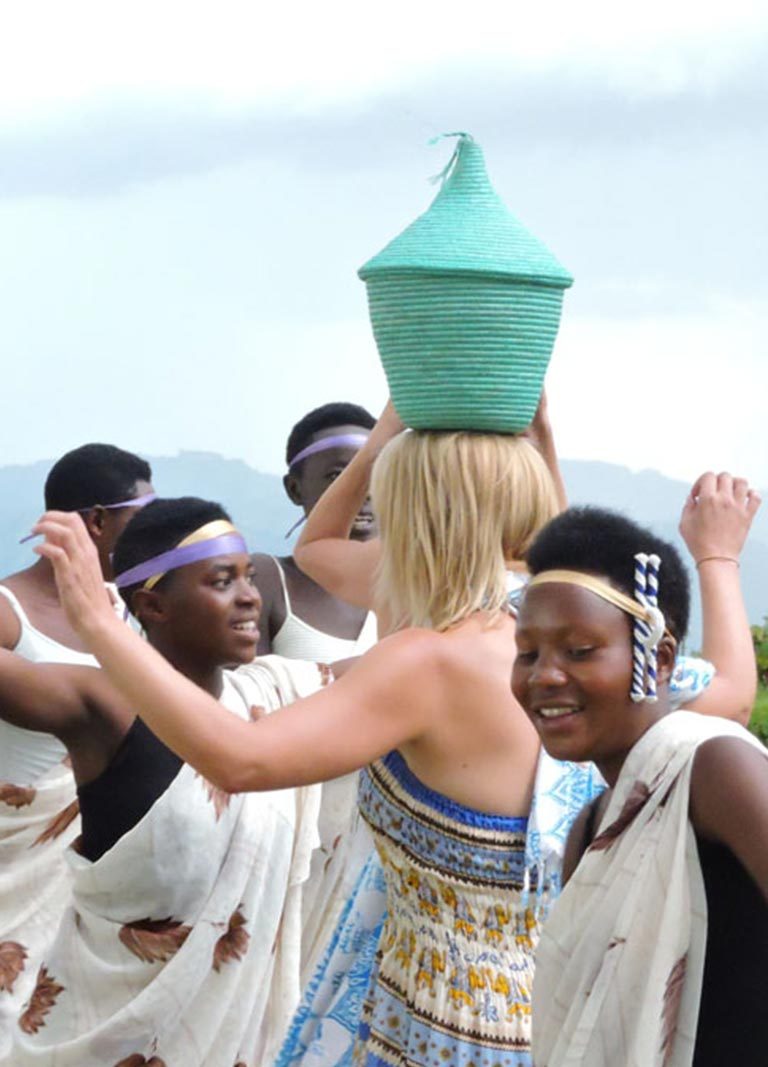
Cultural Experiences
The Community Guides have developed several cultural experiences to share with guests. Learn about milking cows and traditions around cattle and milk on a farm in the Eastern Province; or spend time with banana beer and honey artisans and learn how local products are made.
Safari Night Drive
Guided night drives that commence at sunset are a fantastic way to cap off your day in the park. Night drives offer the best chance of seeing nocturnal wildlife, from lions to leopards which are among the most sought-after sightings one can encounter while on this safari.
Boat Trips
Travelers seeking a variation on the typical safari should consider a boat trip on Lake Ihema, where you can drift along the forest-fringed body of water in the midst of hippos and crocodiles. For serious birders, a boat trip is a must. Outings take place four times a day—at 7.30 am, 9 am, 3 pm and 4.30 pm. Non-scheduled, private trips can also be arranged.
Safari Game Drives
These are the main attractions to the park where you take a driving safari with a driver and a guide. Though this national park is small as compared to many other savanna parks in Africa, it is a gem of Rwanda with a landscape so stunning, viewing many different animals including giraffes, Impalas, the Zebras, bushbucks, African swallows, eland, etc.

